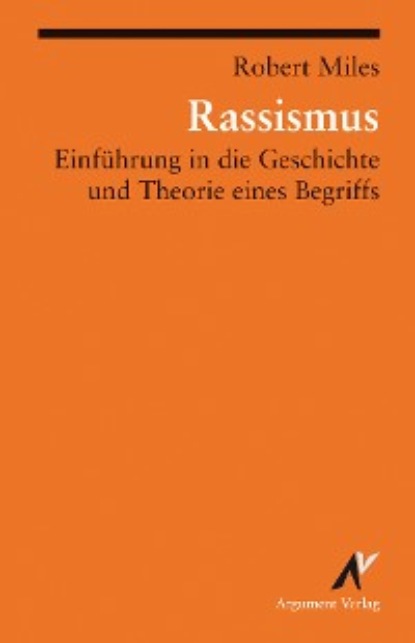Книга "Война и конфликты на Ближнем Востоке и в Северной Африке" Автор: Арели Ахрам
В течение последних пятидесяти лет Ближний Восток и Северная Африка (Ближний Восток или МЕНА) выглядели аномалией в мировой обстановке мира. Сегодня Ирак, Ливия, Израиль/Палестина, Йемен и Сирия не только являются странами, но и синонимами для длительных и жестоких войн. Но почему Ближний Восток так исключительно жесток? Что более важно, можно ли это изменить?
Исследуя причины и последствия войн и конфликтов в этом беспокойном регионе, Арели Ахрам помогает читателям ответить на эти вопросы. В Части I, Ахрам показывает, как конфликты на Ближнем и Среднем Востоке развивались с образованием государств. Насилие варьировалось от гражданских войн и восстаний до традиционных межгосударственных конфликтов, и некоторые страны страдают от него чаще, чем другие. Стратегии правителей, которые используют, чтобы остаться у власти, ограничивали то, как они привлекали, обучали и оснащали свои армии. Часть II исследует динамику, которая удерживает регион в конфликте - зависимость от нефти, геополитическое вмешательство, и прочно укоренившиеся различия идеологий.
Электронная Книга «War and Conflict in the Middle East and North Africa» написана автором Ariel I. Ahram в году.
Минимальный возраст читателя: 0
Язык: Английский
ISBN: 9781509532841
Описание книги от Ariel I. Ahram
For much of the last half century, the Middle East and North Africa (MENA) has seemed the outlier in global peace. Today Iraq, Libya, Israel/Palestine, Yemen, and Syria are not just countries, but synonyms for prolonged and brutal wars. But why is MENA so exceptionally violent? More importantly, can it change? <br /><br />Exploring the causes and consequences of wars and conflicts in this troubled region, Ariel Ahram helps readers answer these questions. In Part I, Ahram shows how MENA’s conflicts evolved with the formation of its states. Violence varied from civil wars and insurgencies to traditional interstate conflicts and affected some countries more frequently than others. The strategies rulers employed to stay in power constrained how they recruited, trained, and equipped their armies. Part II explores dynamics that trap the region in conflict—oil dependence, geopolitical interference, and embedded identity cleavages. The catastrophic wars of the 2010s reflect the confounding effects of these traps, culminating in state collapse and intervention from the US and Russia, as well as regional powers like Iran, Saudi Arabia, and the UAE. Finally, Ahram considers the possibilities of peace, highlighting the disjuncture between local peacebuilding and national and internationally-backed mediation. <br /><br /><i>War and Conflict in the Middle East and North Africa </i>will be an essential resource for students of peace and security studies and MENA politics, and anyone wanting to move beyond headlines and soundbites to understand the historical and social roots of MENA’s conflicts.



















